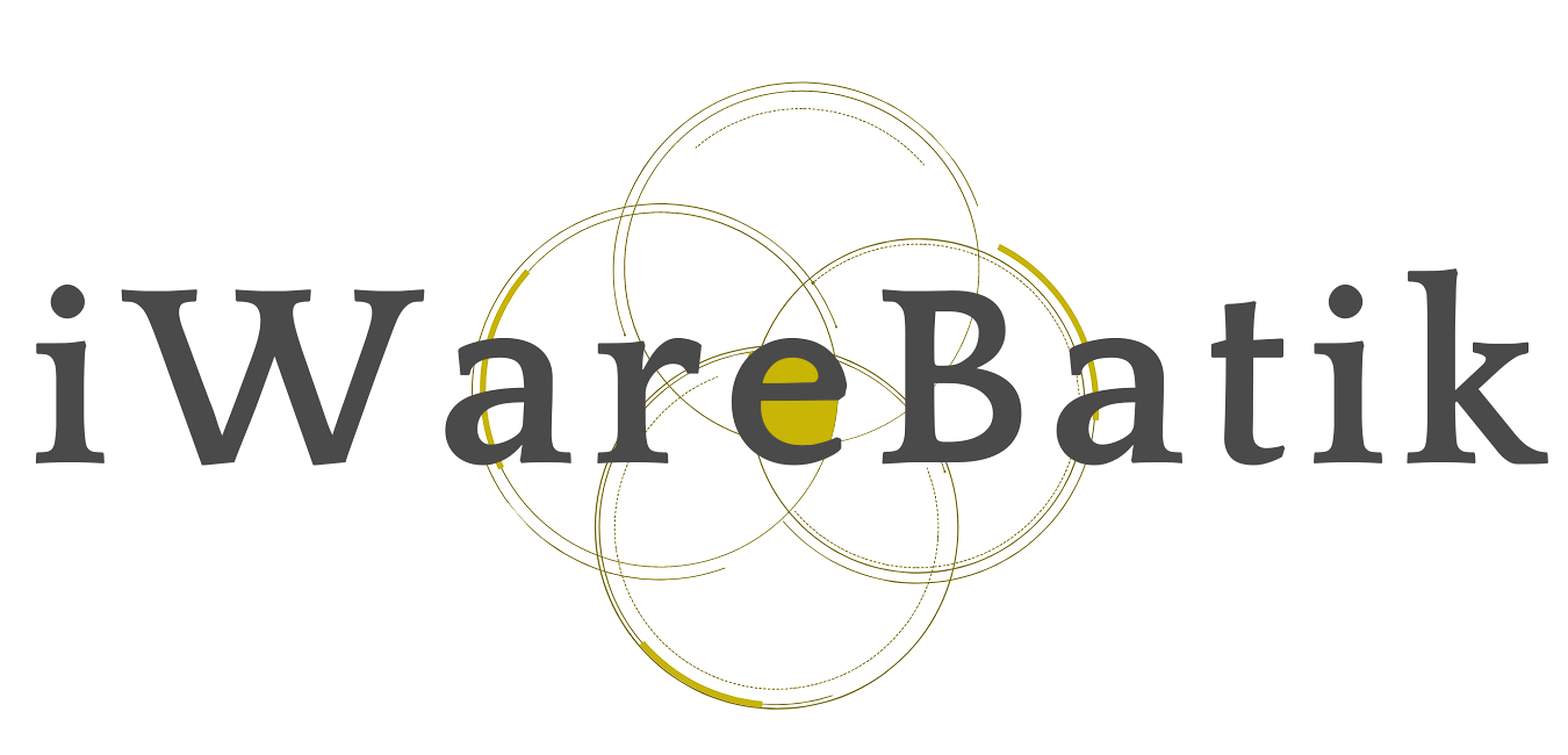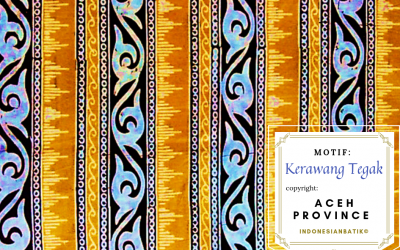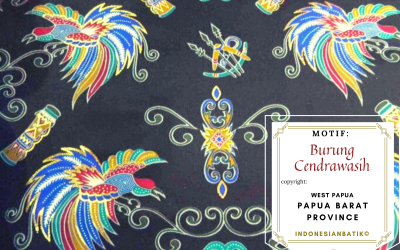Tidayu
Meanings:
The name of this motif is the acronym of three ethnics: Tionghoa (Chinese), Dayak, and Melayu (Malay). Tidayu designs consist of sacred motifs adopted from each culture in the region, such as Lembayung, Beuntai, Lanterns, Jungle, Harmony, Hong Birds, and Storks. This motif reflects the harmony of ethnicity and culture in Singkawang City.
How to preserve Batik
Philosophical Meanings of Batik
Authentic Batik
Batik Community
If you want to meet the Batik artisans, we encourage you to visit and support Batik workshops in Indonesia. You may discover the local tourism that suits your preference!
Batik Production Process in West Kalimantan
Batik production can take 1 month up to 2 years of working time depending on the purposes of the textile creation and the colour complexity. The Batik handwriting textile is generally made with 8 design steps, ranging from wax patterning to colouring process. The artists use Canting, as a tool to put hot melted wax on the cloth.
Batik Regions
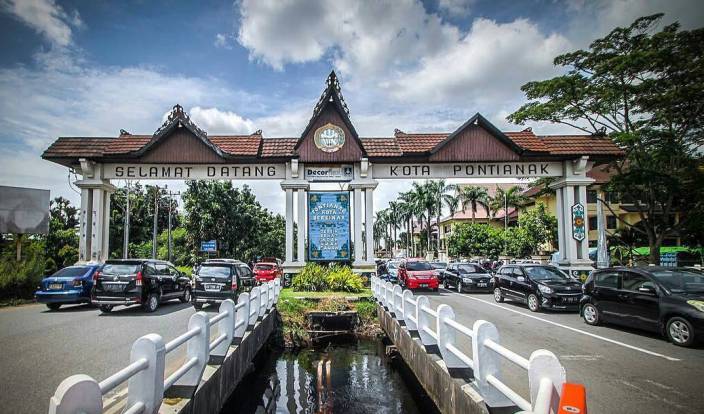
Overview of West Kalimantan Province
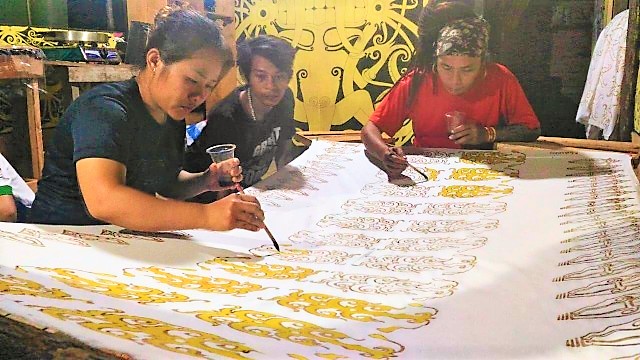
Batik Villages in West Kalimantan Province
Other Agrarian Motifs
Kerawang Tegak
Kerawang Tegak Motif symbolizes a person who has a strong awareness of
Burung Cendrawasih
Cendrawasih bird is believed as a Paradise bird that connects
Sekomandi
Sekomandi textile is the typical Batik and woven textile heritage of
